Discover Italy’s Sweet Side: An Essential Guide to Italian Dessert Wines & Authentic Tiramisu
This is a sponsored post written by me on behalf of Italian Trade Commission for IZEA Worldwide. All opinions are 100% mine.
A few months ago, I embarked on a delightful journey to explore the best Italian wines to pair with pizza, featuring the unique and effervescent Lambrusco reds. That experience was incredibly fun, filled with delicious tastings and the satisfaction of crafting authentic homemade Margherita pizza. Today, I invite you to delve into another enchanting aspect of Italy’s viticultural prowess: its exquisite dessert wines.
Prepare to be introduced to the world of Italian dessert wines – sophisticated, diverse, and the perfect complement to Italy’s legendary sweet treats. Whether you’re a seasoned connoisseur or simply curious, these wines offer a taste of Italian tradition and culinary artistry.

Italian Wines – A Legacy of Quality and Diversity
Italy stands as a titan in the global wine industry, renowned for its unparalleled abundance of high-quality, artisanal wines. From the sun-drenched vineyards of Sicily in the south to the alpine foothills of Piedmont and Friuli in the north, every corner of the country contributes to a rich tapestry of winemaking heritage. Central regions like Tuscany, Umbria, and Abruzzo also play a crucial role, cementing Italy’s status as a premier wine-producing nation.
This incredible diversity is not just geographical but also deeply rooted in tradition. Italy boasts an astonishing 20 wine-producing regions and over 500 indigenous grape varietals. This vast genetic library, combined with centuries of winemaking expertise, yields an impressive catalog of more than 400 DOC/DOCG designations – a testament to the country’s commitment to quality and regional identity. While these acronyms might seem daunting at first, understanding them is key to appreciating Italian wines.
DOC, or Denominazione di Origine Controllata, and DOCG, or Denominazione di Origine Controllata e Garantita, are more than just labels; they are governmental guarantees that certify a wine’s origin and adherence to strict quality standards. DOC sets specific rules for production zones, grape varieties, and aging processes. DOCG, the highest designation, adds an extra layer of rigor, requiring wines to pass a tasting panel and chemical analysis, ensuring unparalleled quality and authenticity. When you choose an Italian wine bearing one of these designations, you are investing in a product crafted with precision, passion, and respect for tradition.
With such a broad spectrum of choices, I’m confident that every wine enthusiast can discover their absolute favorite Italian wine. The “Made in Italy” stamp on a bottle signifies more than just a geographical origin; it encapsulates a cultural experience, a historical legacy, and an unwavering dedication to excellence. For me, a glass of authentic, high-quality Italian wine instantly transports me back to the charming cobblestone streets and breathtaking landscapes of Italy. Whether it’s a robust red from Tuscany, an elegant white from Piedmont, or a sweet nectar from Sicily, the experience is always deeply personal and incredibly rewarding. Italy’s cultural richness and the passionate artistry behind its wines create an incomparable sensory journey.
To truly grasp the magic, take a moment to watch this insightful video about the wines of Italy. You can learn more about this fascinating world here.

Indulge in the Sweetness: A Guide to Italian Dessert Wines
A trip to Italy is an unforgettable gastronomic adventure, where every meal is a celebration. This feast invariably includes the finest Italian foods, perfectly paired with exceptional wines, and culminates in a delectable dessert. From crispy biscotti and creamy affogato to rich puddings, artisan cheese boards, or the universally adored Tiramisu (my personal favorite, for which I’ll share an authentic recipe at the end of this post), a meal is never truly complete without a delicate glass of Italian dessert wine.
Italy’s climate, diverse terroir, and indigenous grape varieties are ideally suited for producing a wide array of sweet wines. Traditional methods, particularly the *passito* technique, where grapes are naturally dried to concentrate their sugars, further enhance the complexity and richness of these liquid treasures. Below, I’ll guide you through some of my favorite Italian dessert wines, each offering a unique sensory experience. And yes, my heart leads me to pair them with my beloved Tiramisu!
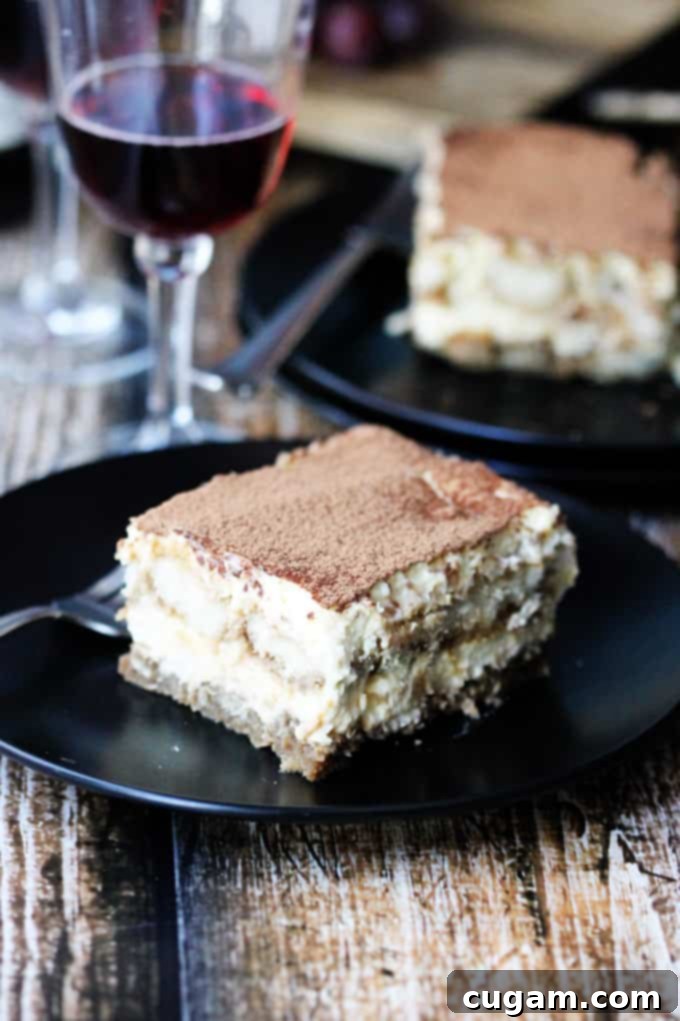
Moscato d’Asti: The Effervescent Delight
Perhaps the most widely recognized and beloved Italian dessert wine is Moscato d’Asti. Originating from the Moscato Bianco grape, this charmingly aromatic wine is primarily produced in the Piedmont region, especially around the town of Asti and in the provinces of Alessandria and Cuneo. Its global popularity stems from its approachable sweetness and refreshing character.

Moscato d’Asti is celebrated for its fresh, fragrant, and mildly fizzy profile. Pale golden in color and wonderfully low in alcohol (typically around 5.5%), it offers a delicate yet complex bouquet of orange blossoms, ripe peaches, sweet apricots, and the distinctive aroma of the muscat grape itself. Its light effervescence makes it incredibly refreshing, a perfect palate cleanser after a rich meal or a delightful companion to fruit tarts, panettone, or lighter custards.
The unique production method contributes to its enduring freshness. Moscato wine producers gently crush and press the grapes, then store the juice in its unfermented state in temperature-controlled refrigerators. Only upon receiving orders is the juice partially fermented, carefully stopping the process at around 5.5% alcohol. This technique preserves the grape’s natural sweetness and vibrant aromatics, ensuring a consistently fresh and lively wine throughout the year.

A common method for crafting many sweet Italian wines involves allowing the grapes to dry, a process known as *appassimento*. This technique concentrates the sugars and flavors within the grapes. Traditionally, grapes are laid out on straw mats or hung in well-ventilated rooms for several weeks or months. These wines are often referred to as “straw wines,” and in Italian, a wine made using this process is called “passito,” meaning “raisined.” This ancient method is crucial for the intensity and complexity found in several of Italy’s most revered dessert wines.
Vin Santo: The Holy Wine of Tuscany
Among the most storied and revered passito wines is Vin Santo, whose very name, literally meaning ‘Holy Wine,’ evokes a sense of tradition and mystique. Several theories surround its sacred moniker. One popular belief suggests that the grapes were historically pressed and fermented around Easter, during Holy Week. Other theories link its name to its frequent use in religious ceremonies, or even to a Greek wine from Santorini, “Xanto,” which a visiting scholar in Florence allegedly found strikingly similar to Vin Santo.
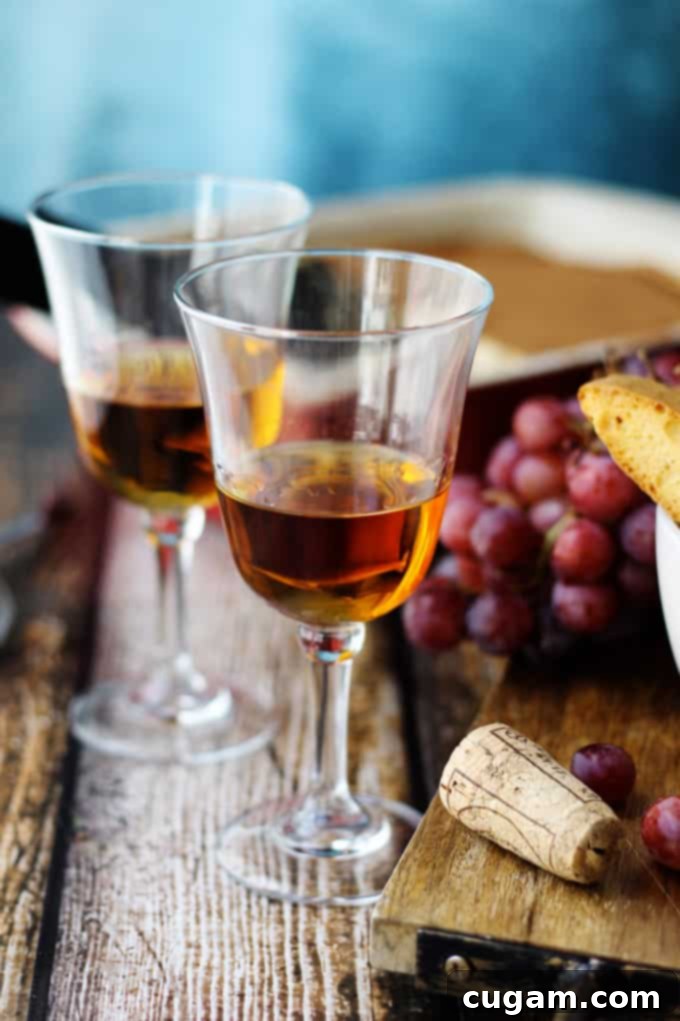
Vin Santo is primarily produced in the picturesque regions of Tuscany and Umbria, typically from Trebbiano and Malvasia grapes. Following the harvest, these grapes undergo the critical *appassimento* process, drying on straw mats or hanging racks for several months to concentrate their natural sugars. Once pressed, the concentrated juice is fermented and then aged for many years – often 3 to 10, sometimes even longer – in small, sealed wooden barrels called *caratelli*. These barrels are intentionally not topped up, allowing for a slight oxidation that contributes to Vin Santo’s distinctive character and rich, nutty complexity.
The result is a captivating amber-colored wine that boasts a fragrant aroma of dried apricots, honey, and toasted nuts, with a smooth, velvety taste hinting at caramel and spice. Traditionally, Vin Santo is savored with *cantucci* (almond biscotti), which are often dipped into the wine, softening their crisp texture and enhancing the flavors. While some truly exceptional Vin Santo wines can be quite expensive, they offer an extraordinary, almost meditative experience. Always seek out those with the DOCG designation for assurance of the highest quality and adherence to traditional methods.
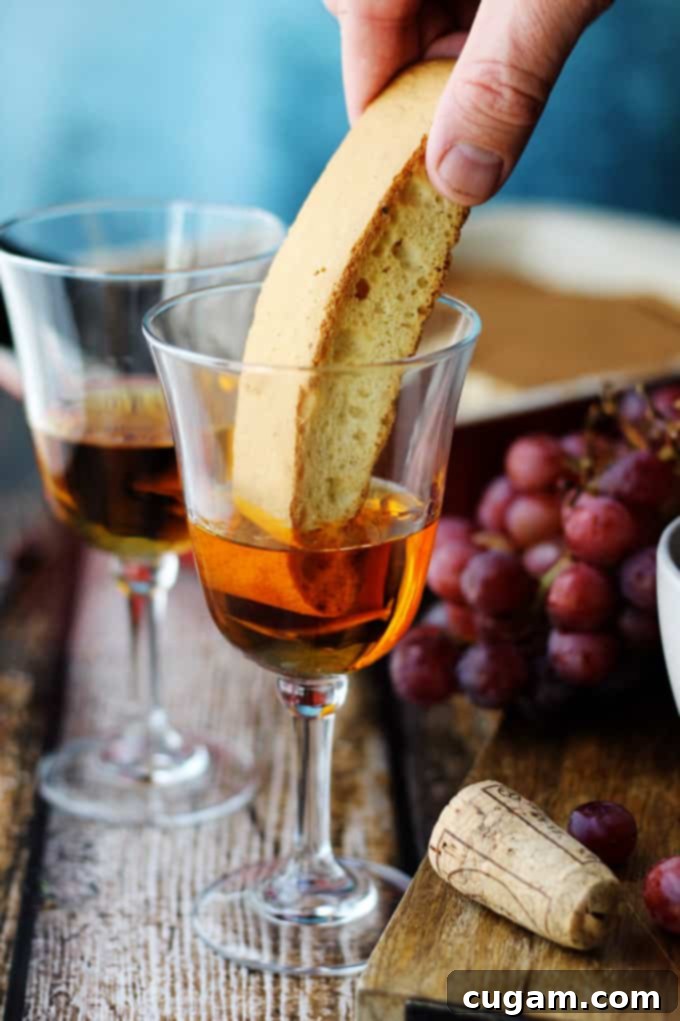
Recioto della Valpolicella: Veneto’s Velvety Nectar
Continuing our exploration of passito wines, we arrive at Recioto della Valpolicella, a wine crafted with meticulous traditional methods and holding a prestigious DOCG designation from the Veneto region, specifically the heart of Valpolicella. This extraordinary sweet wine is made from grapes native to the region: predominantly Corvina Veronese, Corvinone, and Rondinella.
To produce Recioto, winemakers carefully select the finest grape bunches and allow them to wither (the *appassimento* process) in special wooden crates or on drying racks for approximately 200 days, often until late January. This extensive drying period concentrates the sugars, acids, and flavors. Once pressed, the must begins fermentation. Crucially, this fermentation process is intentionally stopped at a precise point, preserving a significant amount of residual sugar and creating the wine’s characteristic sweetness. The resulting wine is then aged, often in oak, adding further complexity.
Recioto della Valpolicella is often described as a “meditation wine,” meant to be sipped slowly and thoughtfully, allowing its complex layers of flavor to unfold. It presents a rich, velvety texture with intense notes of dark cherries, plums, dried figs, and sometimes hints of chocolate and spice. It is an ideal accompaniment to chocolate desserts, berry tarts, or strong, aged cheeses like Parmesan or Gorgonzola. Though it can be expensive, the depth of flavor and unique character make it a truly worthwhile indulgence.
An intriguing correlation exists between Recioto della Valpolicella and its close relative, Amarone. Legend has it that Amarone was born from a “mistake” in Recioto production. Instead of interrupting fermentation to achieve a sweet wine, a winemaker inadvertently (or perhaps intentionally) allowed the process to continue until all the sugar was consumed. The result was a dry, powerful, and slightly bitter wine (amaro means ‘bitter’ in Italian), thus Amarone was born. While Amarone is typically served with main courses or dry cheeses, understanding its origin from Recioto highlights the rich history and accidental innovations in Italian winemaking. Trying both offers a fascinating study in contrast.
Passito di Pantelleria: The Sun-Kissed Sweetness of Sicily
From the sun-drenched, volcanic island of Pantelleria, located south of Sicily, comes the exquisite Passito di Pantelleria. This unique wine was granted DOC status in 1971, recognizing its distinctive character and traditional production methods. It is crafted exclusively from the indigenous Zibibbo grape, also known as Muscat of Alexandria.
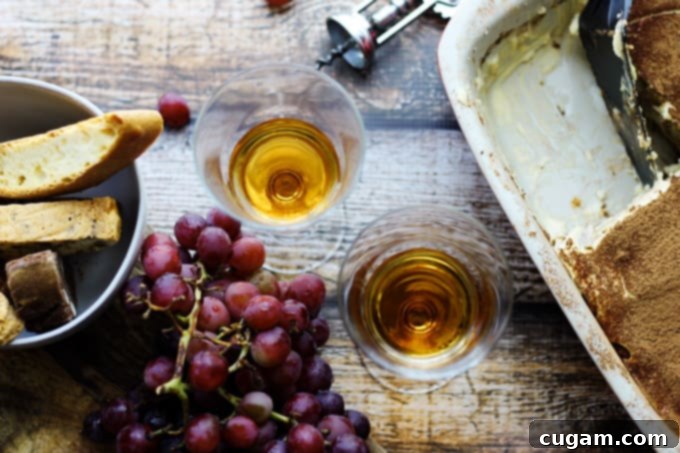
As its name suggests, Passito di Pantelleria is a passito wine, requiring the grapes to dry on straw mats under the intense Mediterranean sun before being pressed. The island’s unique terroir, characterized by volcanic soils and constant sea breezes, imbues the Zibibbo grapes with a particular aromatic intensity. While there are variations in the drying duration and fermentation processes among producers, the end result is consistently a sweet, amber-colored wine of remarkable depth.
Passito di Pantelleria offers intense, aromatic notes of dried apricots, figs, candied orange peel, and hints of honey and Mediterranean herbs. It possesses a beautiful balance between its luscious sweetness and a refreshing acidity, preventing it from being cloying. Like Recioto, it is considered a “meditation wine,” best enjoyed slowly to fully appreciate its complex flavors. It can be served as a sublime dessert on its own, or as an ideal accompaniment to biscotti, almond cakes, pastries, or even a robust strong cheese like Gorgonzola or Stilton, where its sweetness provides a delightful counterpoint.
Ramandolo: Friuli’s Golden Gem
Ramandolo is a distinct sweet wine that stands out for several compelling reasons, proudly holding the sole DOCG designation in Friuli’s dedicated area. Its singularity begins with the Verduzzo Giallo grape, an indigenous varietal grown exclusively in the northeastern part of Italy, making Ramandolo a truly unique expression of its terroir. The grapes possess a higher degree of tannin in their skins compared to many other white varieties, which imparts a unique structure and subtle bitterness that balances its sweetness.
This golden-hued wine offers a captivating fragrance of dried apricots, chestnuts, and honey, all beautifully complemented by a refreshing acidity that keeps the palate lively. The vineyards of Ramandolo are often situated on steep, terraced hillsides, making machine cultivation impossible. This challenging viticulture, combined with the region’s unique microclimate and centuries of winemaking tradition, contributes significantly to the exceptional and distinctive taste of this outstanding wine.
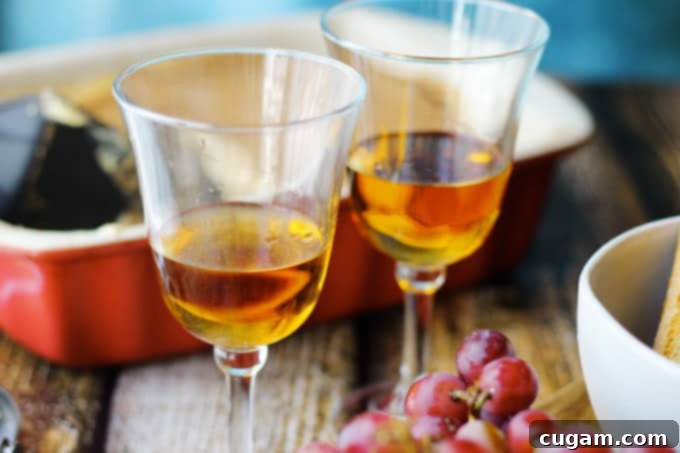
Brachetto: The Sparkling Red Sweetness
For those who prefer a touch of sparkle with their dessert, Brachetto offers a delightful and aromatic experience. This vibrant red sparkling wine is famed for its captivating floral and intense strawberry aromas, making it instantly appealing. What makes Brachetto unique is its production process: fermentation is deliberately interrupted at a low alcohol level, typically around 5-6%, retaining a significant portion of the grape’s natural sweetness and its characteristic fruitiness.
Produced from the black Brachetto grape, this wine boasts a beautiful ruby-red color and a gentle effervescence. The DOCG for Brachetto is Acqui, though it is commonly labeled as Brachetto d’Acqui on the bottle. Its refreshing sweetness and lively acidity make it incredibly versatile. It is absolutely delicious when paired with a wide range of desserts, particularly those featuring red fruits, chocolate, or fruit tarts. Surprisingly, its fruity profile and light tannins also allow it to pair exceptionally well with cured meats, offering a fascinating contrast of sweet and savory.

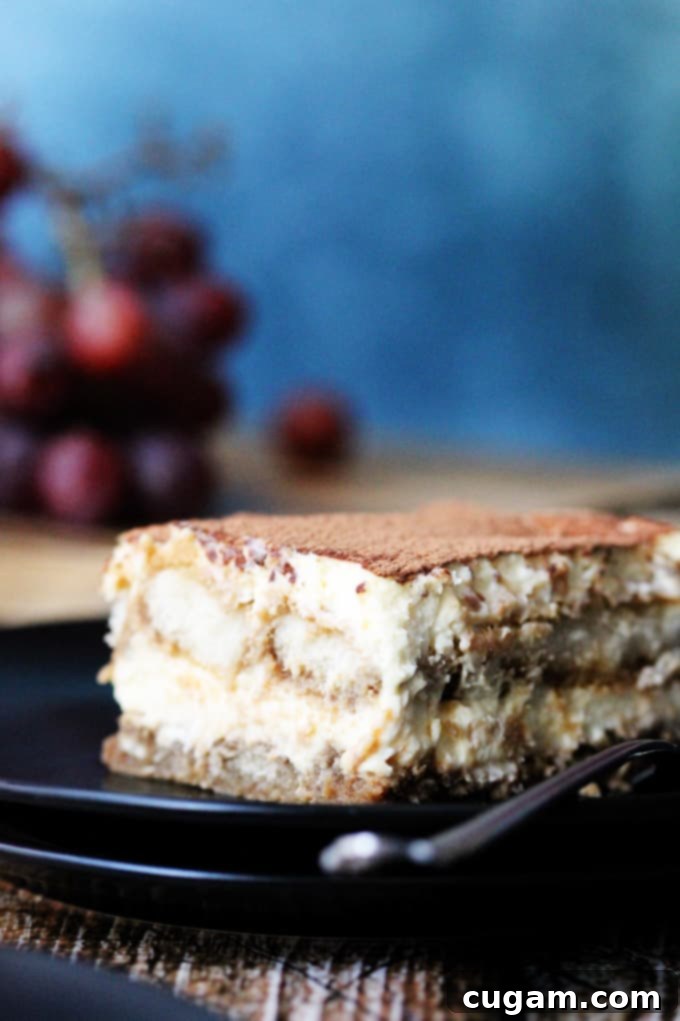
Tiramisu – An Authentic Italian Dessert Masterpiece
As we’ve explored, Italy’s dessert wine landscape is incredibly rich and varied, offering a spectrum of colors, textures, and tastes. These wines can be savored independently, sip by glorious sip, or they can elevate the experience of an outstanding Italian dessert. And what better dessert to pair with these liquid gems than the timeless, globally adored Classic Tiramisu?
I am thrilled to share with you my authentic recipe for this beloved Italian classic. Tiramisu, meaning “pick me up” or “cheer me up,” is a dessert celebrated for its harmonious blend of coffee, mascarpone cheese, cocoa, and a hint of liqueur. While it might seem intimidating, it’s surprisingly easy to make and requires only a few simple, high-quality ingredients. However, achieving that perfect, airy texture and balanced flavor does involve a few key techniques and a touch of finesse.
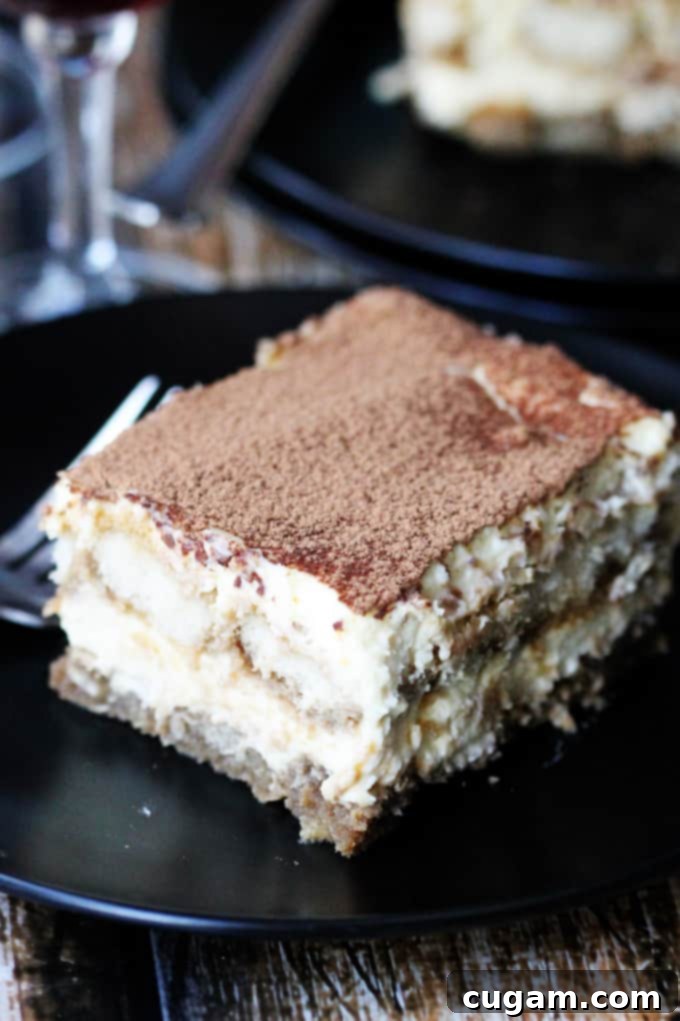
Below, you’ll find a complete, printable recipe with all the precise ingredients and measurements. But before you begin, here are a few crucial tips to keep in mind, ensuring your Tiramisu comes out absolutely perfect, just like Nonna used to make:
- Quality Ingredients are Key: Always use the best quality Italian ingredients you can find. This includes rich Mascarpone cheese, authentic ladyfingers (savoiardi), freshly brewed espresso, and a good quality Marsala wine. These components form the heart of the Tiramisu’s flavor profile.
- Freshness Matters: Opt for good organic eggs and high-quality heavy cream. Fresh ingredients contribute significantly to both the taste and texture of the dessert.
- Master the Custard: Create a proper double boiler by placing a heatproof bowl over simmering hot water. This gentle heat is essential for cooking the egg yolks, sugar, and Marsala wine into a luscious, safe, and thick zabaglione-style custard without scrambling the eggs. Whisk continuously until the mixture is light, pale, and doubled in volume.
- Perfectly Whipped Cream: Whip your heavy cream until it forms soft, fluffy peaks. Over-whipping can make it grainy, while under-whipping will result in a runny texture. Handle it with care to maintain its airy consistency.
- Gentle Folding: When combining the Mascarpone cheese and the whipped cream into your cooled egg custard, fold them gently. This preserves the airiness of the whipped cream and mascarpone, which is vital for the light, melt-in-your-mouth texture of Tiramisu.
- Ladyfinger Dip: Dip your ladyfingers into the coffee mixture quickly and gently. They should be thoroughly covered with the liquid but not oversaturated or soggy. A quick dip ensures they absorb flavor without losing their structure, preventing a watery dessert.
Follow these instructions and the recipe carefully, and you are sure to create the most authentic, decadent Italian Tiramisu, worthy of any occasion. It’s a dessert that truly epitomizes Italian hospitality and culinary excellence.
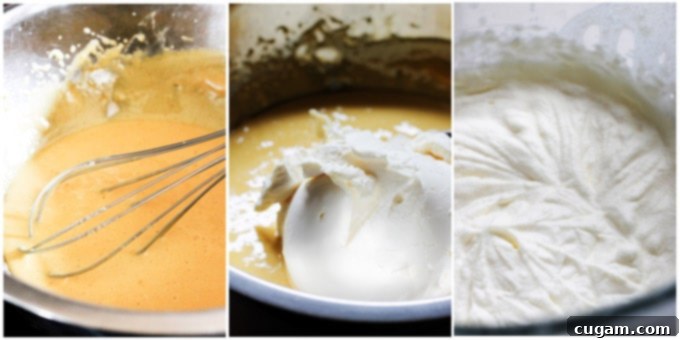
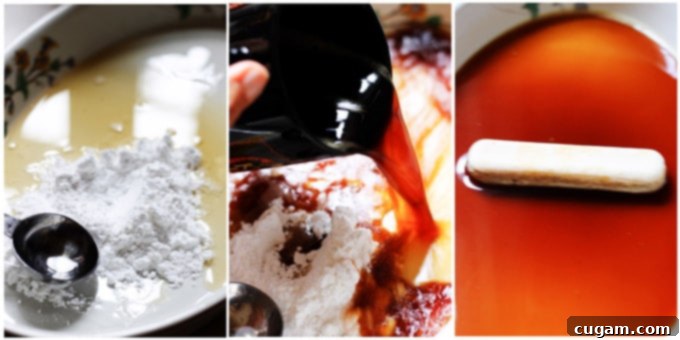
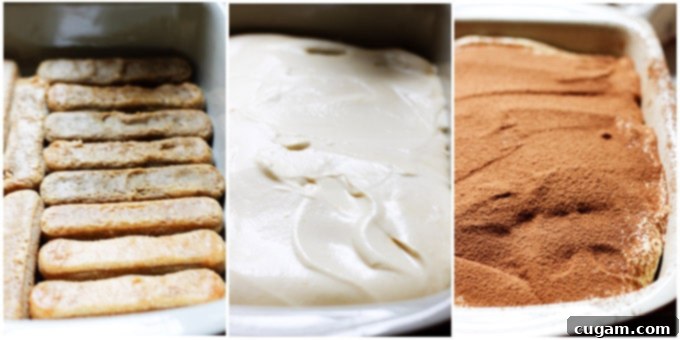

Enjoy this outstanding dessert, and don’t forget to tell me which exquisite Italian dessert wine you chose to accompany it. There’s no better way to conclude a meal than with the perfect harmony of an authentic Italian dessert and a fine, sweet Italian wine.

Classic Italian Tiramisu
Print
Pin
Rate
Ingredients
- 4 organic egg yolks;
- ½ cup of sugar;
- 1/3 cup of Marsala wine;
- 1 cup of whipping heavy cream preferably organic;
- 17 oz. Mascarpone Cheese;
- 2 cups of Espresso coffee or brewed strong coffee;
- 3 tablespoon of brandy or liqueur or cognac;
- 3 tablespoon of powdered sugar
- 1 1/2 count package of Italian Ladyfingers;
- Cocoa powder for garnish
Instructions
-
Add egg yolks, sugar and Marsala wine into the glass or metal bowl and place it over simmering hot water to create double boiler;
-
Whisk it constantly for about 5-10 minutes until thick, pale and double in size;
-
Remove from the heat and gently fold in Mascarpone cheese;
-
Using mixer whip the cream until it is thick and fluffy;
-
Gently fold your whipped cream into the mascarpone custard;
-
In a shallow dish combine brewed espresso with powdered sugar and brandy;
-
One at the time dip the ladyfingers in coffee mixture and place in a baking dish (9×13 will work perfectly);
-
Line the ladyfingers in rows, then spread half of the mascarpone custard on top;
-
Repeat with the second layer of coffee/brandy dipped ladyfingers and the other half of the custard;
-
Using the mesh strainer dust the top with the coco powder;
-
Refrigerate for 8 hours;
-
Serve with your favorite Italian dessert wine and enjoy!
